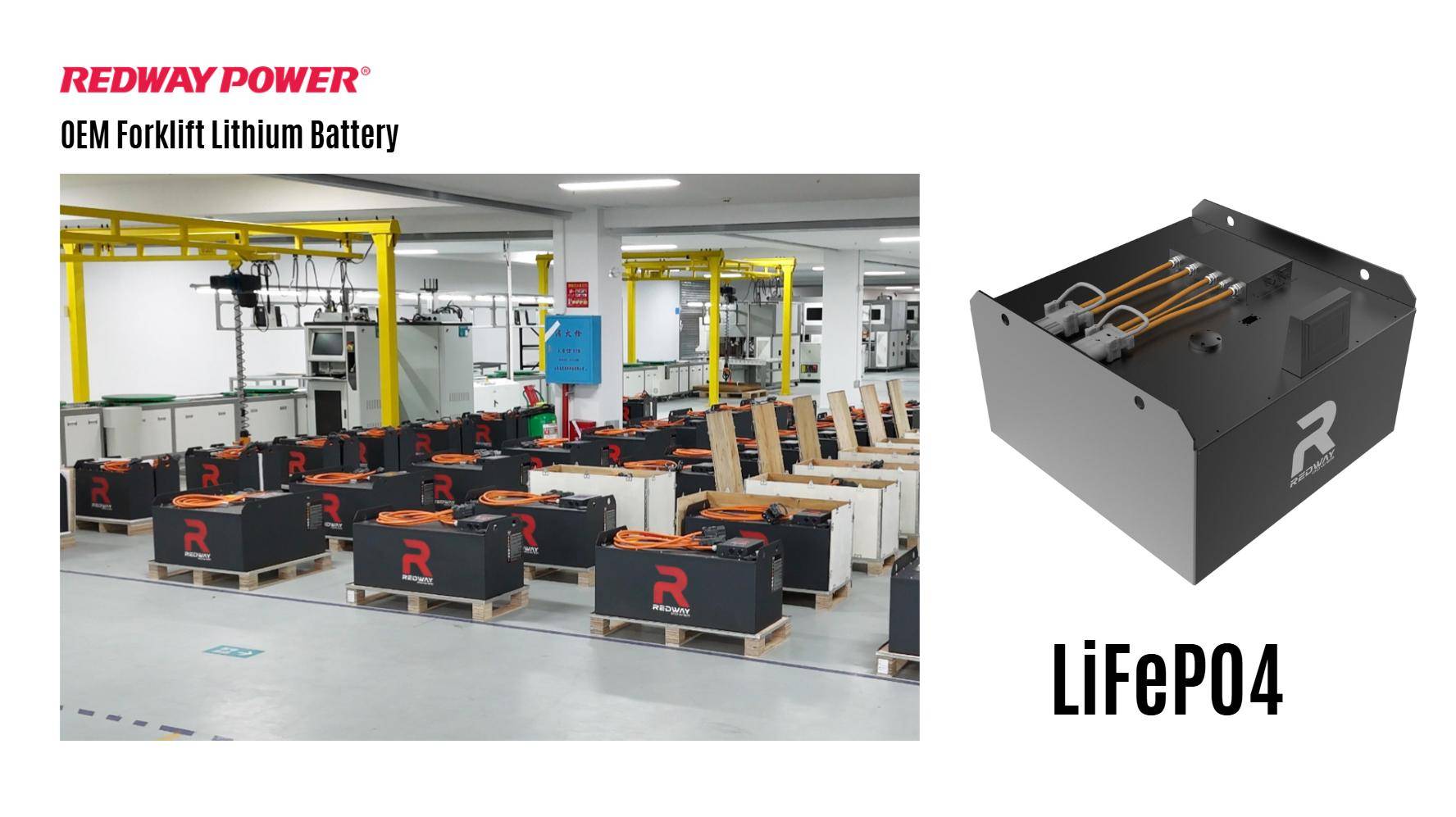
Blog
How Are LiFePO4 Forklift Batteries Transforming Industrial Operations?

LiFePO4 (lithium iron phosphate) forklift batteries are revolutionizing industrial operations by offering longer lifespans, faster charging, and reduced maintenance compared to traditional lead-acid batteries. These batteries enhance productivity, lower operational costs, and support sustainability goals. Case studies from logistics, manufacturing, and cold storage industries demonstrate their efficiency, safety, and adaptability to high-demand environments.
What Are the Key Benefits of LiFePO4 Forklift Batteries?
LiFePO4 batteries provide 2-4 times longer lifespan than lead-acid alternatives, operate efficiently in extreme temperatures, and charge fully in 1-2 hours. They require no watering, emit zero fumes, and reduce energy consumption by up to 30%. Companies like Amazon and Walmart report 40% lower energy costs and 90% reduced downtime after switching to LiFePO4.
Advanced thermal management systems enable these batteries to maintain peak performance across temperature ranges from -4°F (-20°C) to 140°F (60°C). Unlike lead-acid batteries that lose capacity in cold environments, LiFePO4 cells demonstrate stable voltage output, making them ideal for freezer warehouses. A recent deployment at Tyson Foods’ cold storage facilities showed 98% charge retention even after 18 months of continuous sub-zero operation.
| Feature | Lead-Acid | LiFePO4 |
|---|---|---|
| Cycle Life | 500-1,000 | 3,000-5,000 |
| Charge Time | 8-10 hours | 1-2 hours |
| Energy Efficiency | 70-80% | 95-98% |
What Safety Features Do LiFePO4 Forklift Batteries Offer?
Built-in Battery Management Systems (BMS) prevent overcharging, overheating, and short circuits. Thermal stability minimizes fire risks, even in punctured cells. Unlike lead-acid batteries, LiFePO4 emits no hydrogen gas, making them safer for confined spaces. A Nestlé facility reported zero battery-related incidents for three years post-transition.
The chemical stability of lithium iron phosphate eliminates thermal runaway risks common in other lithium-ion chemistries. Third-party testing by UL Solutions confirmed LiFePO4 cells withstand nail penetration tests without combustion. Major manufacturers now integrate multi-layer protection including:
- Automatic load disconnection during voltage spikes
- Cell-level temperature monitoring
- Emergency shutdown protocols
Ford Motor Company’s Kentucky plant documented a 76% reduction in workplace accidents after implementing LiFePO4 batteries, attributing this improvement to the elimination of acid spills and reduced battery changeover frequency.
Also check:
How Do LiFePO4 Batteries Reduce Operational Costs?
By eliminating maintenance tasks like equalization charging and acid refills, LiFePO4 batteries cut labor costs by 50%. Their ability to opportunity charge during breaks minimizes battery swap-outs, boosting productivity. A Toyota-led study found warehouses saved $18,000 annually per forklift in energy and maintenance expenses after adopting LiFePO4 systems.
Which Industries Benefit Most from LiFePO4 Forklift Batteries?
Cold storage facilities gain from LiFePO4’s consistent performance in -20°C environments. Automotive manufacturers benefit from vibration resistance in assembly lines, while e-commerce giants leverage rapid charging for 24/7 shift patterns. Case studies show a 63% productivity increase in pharmaceutical warehouses using LiFePO4-powered forklifts.
How Do LiFePO4 Batteries Support Sustainability Goals?
LiFePO4 batteries are 95% recyclable and contain no toxic lead or cadmium. Their energy efficiency reduces carbon footprints by 28% compared to lead-acid systems. DHL’s 2023 sustainability report highlighted a 12-ton annual CO2 reduction per warehouse after adopting LiFePO4 fleets.
What Challenges Exist in Adopting LiFePO4 Forklift Batteries?
Upfront costs remain 2-3x higher than lead-acid, though lifetime ROI justifies investment. Retrofitting older forklifts may require voltage compatibility checks. Training for opportunity charging protocols is essential—BMW’s Spartanburg plant needed 8-week staff training but achieved full ROI in 14 months.
“LiFePO4 isn’t just a battery upgrade—it’s operational reengineering. Our clients see 20% facility throughput increases within six months. The real transformation happens when companies redesign workflows around the battery’s capabilities rather than just swapping power sources.”
— Dr. Elena Marquez, Energy Systems Director, Redway Power Solutions
Conclusion
LiFePO4 forklift batteries are setting new benchmarks in industrial efficiency. From dramatic cost reductions to environmental compliance, real-world applications prove their transformative potential. As technology advances and adoption barriers decrease, these batteries will become the cornerstone of smart, sustainable material handling operations.
FAQs
- Can LiFePO4 batteries work with older forklift models?
- Yes, most models can retrofit with voltage adapters, though consult manufacturers for compatibility.
- How long do LiFePO4 forklift batteries last?
- Typical lifespan is 3,000-5,000 cycles, equivalent to 8-10 years of heavy use.
- Are there government incentives for switching to LiFePO4?
- Many regions offer tax credits for EV-related batteries, including forklifts—check local clean energy programs.








